The Great Land, the Last Frontier, Land of the Midnight Sun … Alaska’s nicknames conjure images of vast and unfettered wilderness, epic mountain ranges and wildlife blissfully at home in its natural habitat.
As adventure travel destinations go, this one is atop many a bucket list. Yet, deciding the best time to go to Alaska can prove challenging.
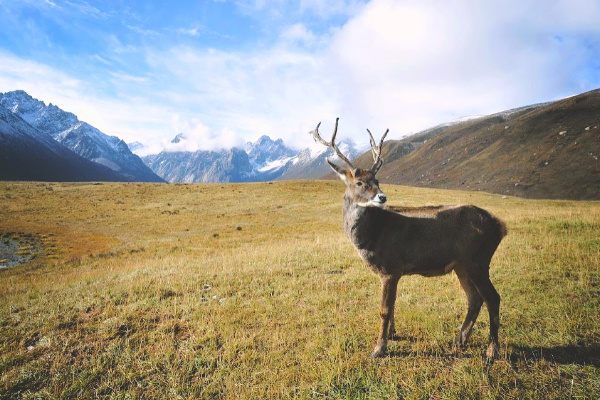
What do you want to see in Alaska? The Northern Lights? Rivers running with salmon? Glaciers and icebergs from the comfort of a cruise ship?
Here’s an overview of Alaska’s seasons and when to visit depending on the activities you most want to do:
Essential Facts
High Season: Mid-May – mid-September (peak season is mid-June – mid-August)
Low Season: Late September – early May
Northern Lights Season: September – April (peak viewing is in March)
Midnight Sun Season: June – July (nearly 24 hours of daylight)
Bear-Viewing Season: May – September
Snowsports Season: December – March
Wildlife-Viewing Season: Year-round, depending on which animals you hope to see
Cruise Season: Mid-June – August
Fishing Season: Late May – late July (for King salmon); October – April (ice fishing)
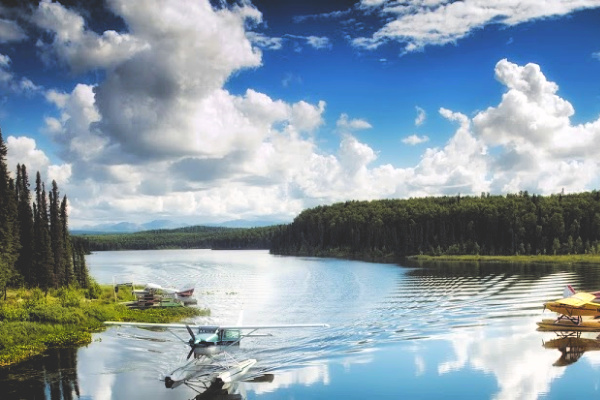
Like many northern destinations, the best time to visit Alaska is directly tied to what you want to do on your vacation.
Are you hoping for long days of sunlight, maximizing the hours in which you can play outdoors? Or, are you intrigued by the snowsports - think skiing and dog sledding - that take center stage in the heart of winter?
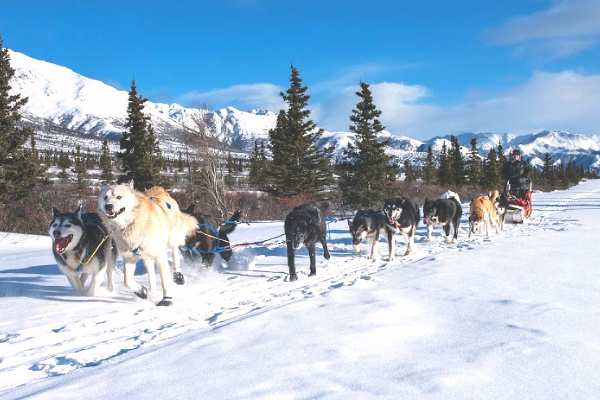
Consider carefully what your goals for your Alaska trip are, then research tours in the season most appropriate for those activities.
For most, this will mean a trip to Alaska during the warmer, lighter summer months, when the weather is more predictable. Keep in mind, however, that this is the prime season for Alaska - and it’s no secret - so you’ll be sharing the wilderness (and hotels, restaurants and sightseeing attractions) with a lot of other travelers.
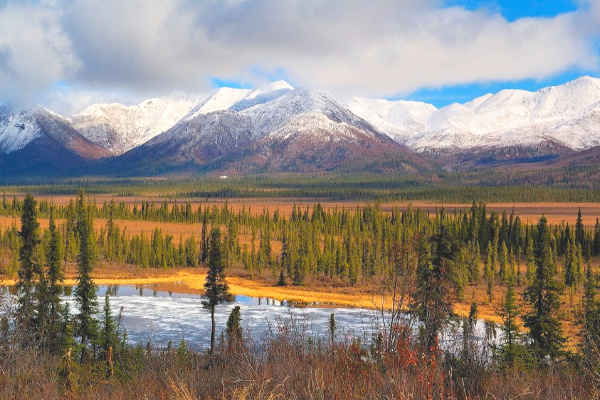
For a quieter atmosphere, consider the shoulder seasons of spring and fall. While the days are shorter and the temperature lower than the summer months, there is still plenty of time to get in the sightseeing and activities that scream “Alaska” to you.
Finally, if it’s the true, dark, cold Alaska that you’re yearning for, don’t overlook the winter season. Some of the sightseeing spots, hotels and restaurants are closed, so you’ll want to carefully research a wintertime Alaska tour to make sure that you aren’t disappointed or miss out on something you really wanted to do.
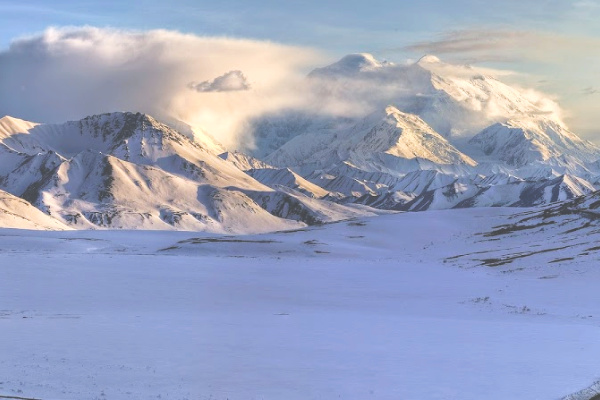
Despite the shorter days and snow-blanketed landscape, winter can be a magical time to visit Alaska.
Season Synopsis
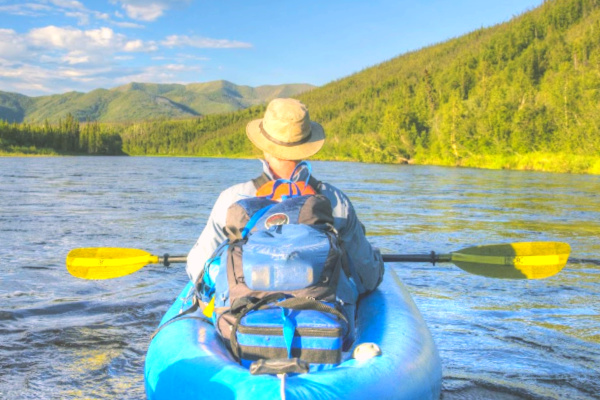
High Season in Alaska: Mid-May – Mid-September
Encompassing the longest day of the year, June 21st, high season in Alaska is tops for its warmer weather, sunny days, blooming wildflowers and relatively little rainfall (it gets progressively rainier as the summer goes on).
Around the solstice, expect up to 19 hours of daylight in Anchorage, 22 hours in Fairbanks and 18 in the southeastern part of the state. There are daylight calculators available online - ask your Alaska tour operator what to expect for the region you’ll be visiting.
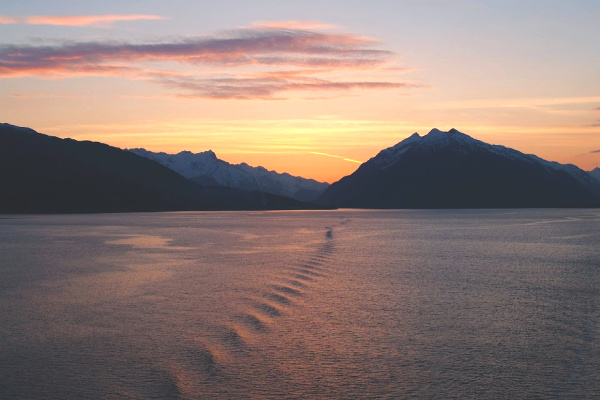
Expect daytime temperatures of about 60°F - 80°F in the peak of summer, with May and September being about 5°F- 10°F cooler.
Take advantage of Alaska’s national parks during the high season, as well. The most popular months to tour Denali National Park and Glacier National Park are July and August. Then again, if you dress appropriately, fall is a beautiful time for the Alaska parks, when the fall foliage is vibrant and the mountain berries are ripe.
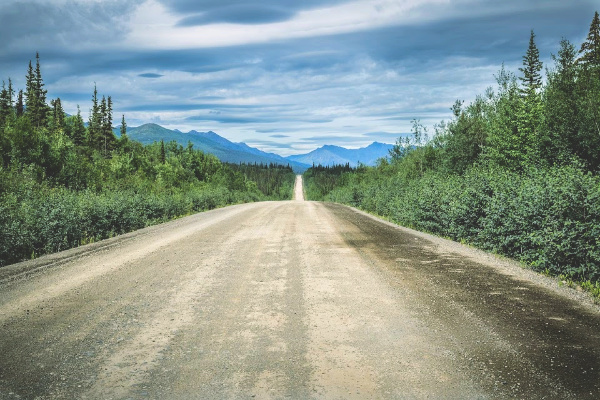
High season also encompasses the best Alaska fishing, from late May through late July for the ever-popular King salmon. Consider a fishing tour in Ketchikan, known as the salmon capital of the world. There are more than three million natural lakes across the state, so you won’t want for fishing opportunities.
Low Season in Alaska: Late September – Early May
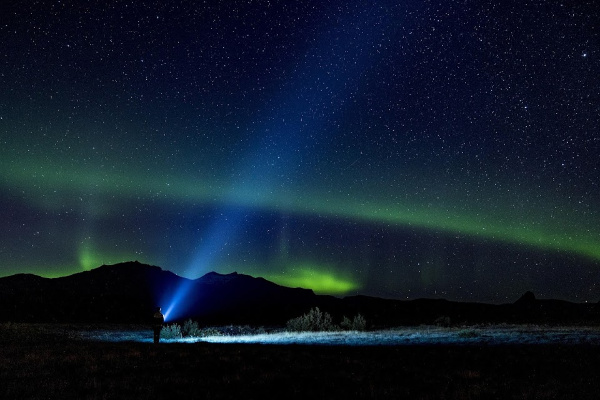
If you’re headed to Alaska to view the Northern Lights, try dog sledding, go skiing or cast a line through the ice, the low (winter) season is for you.
Extending from late September to early May, this is a time of extremely low temperatures and little daylight and most appropriate for hardy travelers who want the true Alaska tundra experience.
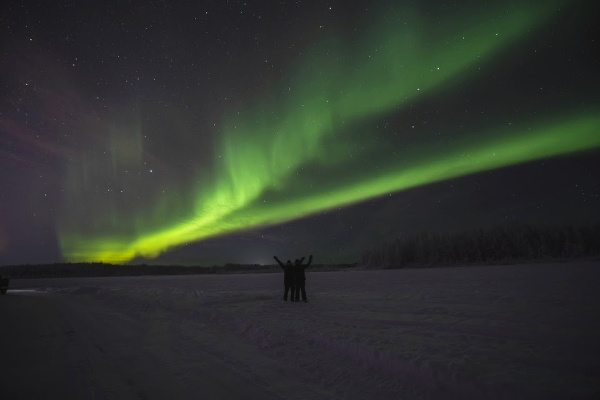
The best time to view the Northern Lights is between September and April. For prime angles on the Aurora Borealis, opt for March, when you can expect the highest activity. Throughout the winter, peak viewing times are from 11:30 PM to 3:30 AM, while in September and March, you can expect the start and end times to shift an hour earlier and an hour later.
There are many Northern Lights-viewing tours offered throughout the state, with several offering the chance to sleep directly under the stars.
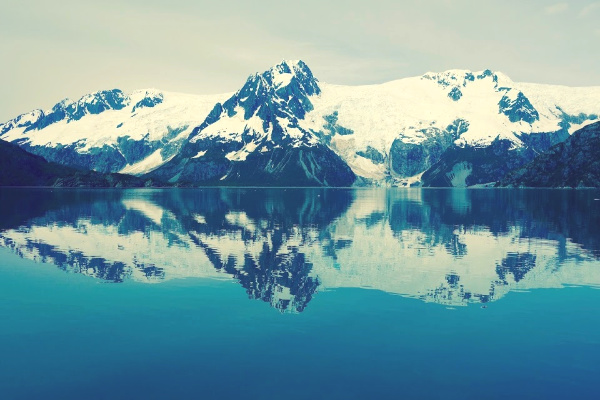
For snow lovers, winter is the best time to visit Alaska. In the heart of the winter, from December to March, join the gritty Alaska population as they bide the days until summer with ice-carving competitions, dog sledding, skiing, snowboarding, snowmobiling and snowshoeing. Want to try ice fishing in Alaska? Look for a guided tour to Quartz Lake after October.
Wildlife-Viewing Season: Year-Round
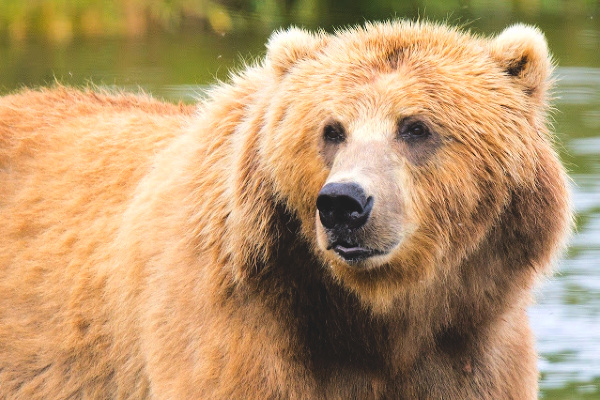
Let’s start with bears, as this is the top animal most Alaska travelers are wanting to see. The best time to view bears in Alaska is from May through September.
As the temperatures rise in the spring, caribou, sheep and mountain goats join the bears, as they all start to come out of hibernation. Along the Alaska coast, spring is a great time to see marine life, including bowhead whales, seals and walruses.
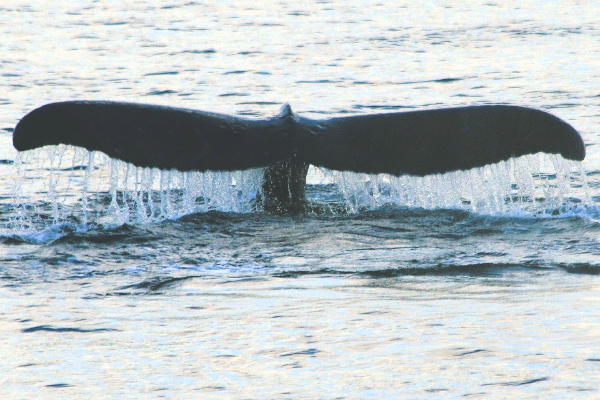
Summer brings salmon spawning in streams across the state, as well as the bears and eagles who hunt for them. Look for muskoxen and Pacific walrus, too, in the peak summer months.
Even as the mercury once again starts to drop, the wildlife keeps up a show. Throughout the Alaska fall, look for moose, goats, caribou, more bears and muskoxen and a variety of migrating whales along the coast.
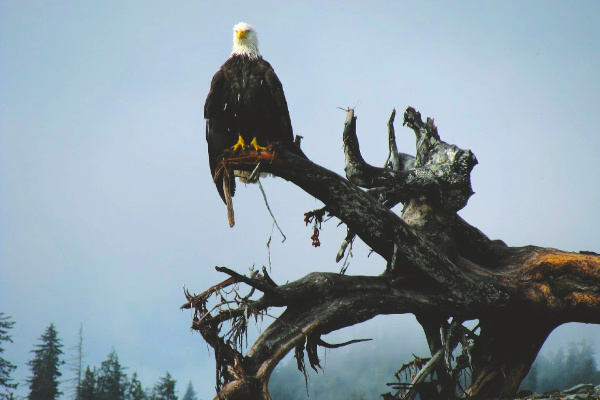
While you might not expect to see much wildlife in Alaska in the winter months, it is actually an opportune time to see the world’s largest bald eagle migration. It takes place in November at the Chilkat River near Haines. Before the deeper snow sets in, you may still glimpse dall sheep, mountain goats and deer.
Don’t consider the Alaska mosquito wildlife? Visit Alaska during the last week of July or first week of August, when nighttime frosts kill off most of the pesky mosquitoes.
See all Alaska Wildlife Tours »
Alaska Cruise Season (Mid-June – August)
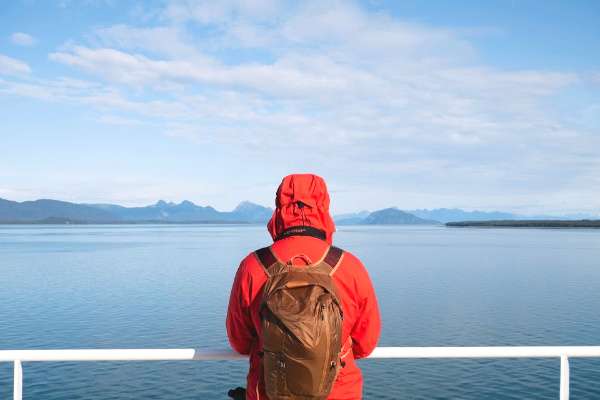
The popular Alaska cruise industry plans most of its departures from late April through September. The most optimal weather will be between mid-June and August. If you don’t mind lower temperatures and the threat of a little more rain, consider a less-crowded, cheaper cruise in April/May or September.
The added benefits of a May cruise are that it’s not only drier than later summer months, but boasts fantastic wildlife viewing opportunities.
For the best chance at seeing humpback whales, cruise Alaska in July. Do keep in mind that July and August, while warmer, can experience more rainfall than April through June.
Ready to explore the final frontier of Alaska? Browse 100+ trips to Alaska »


